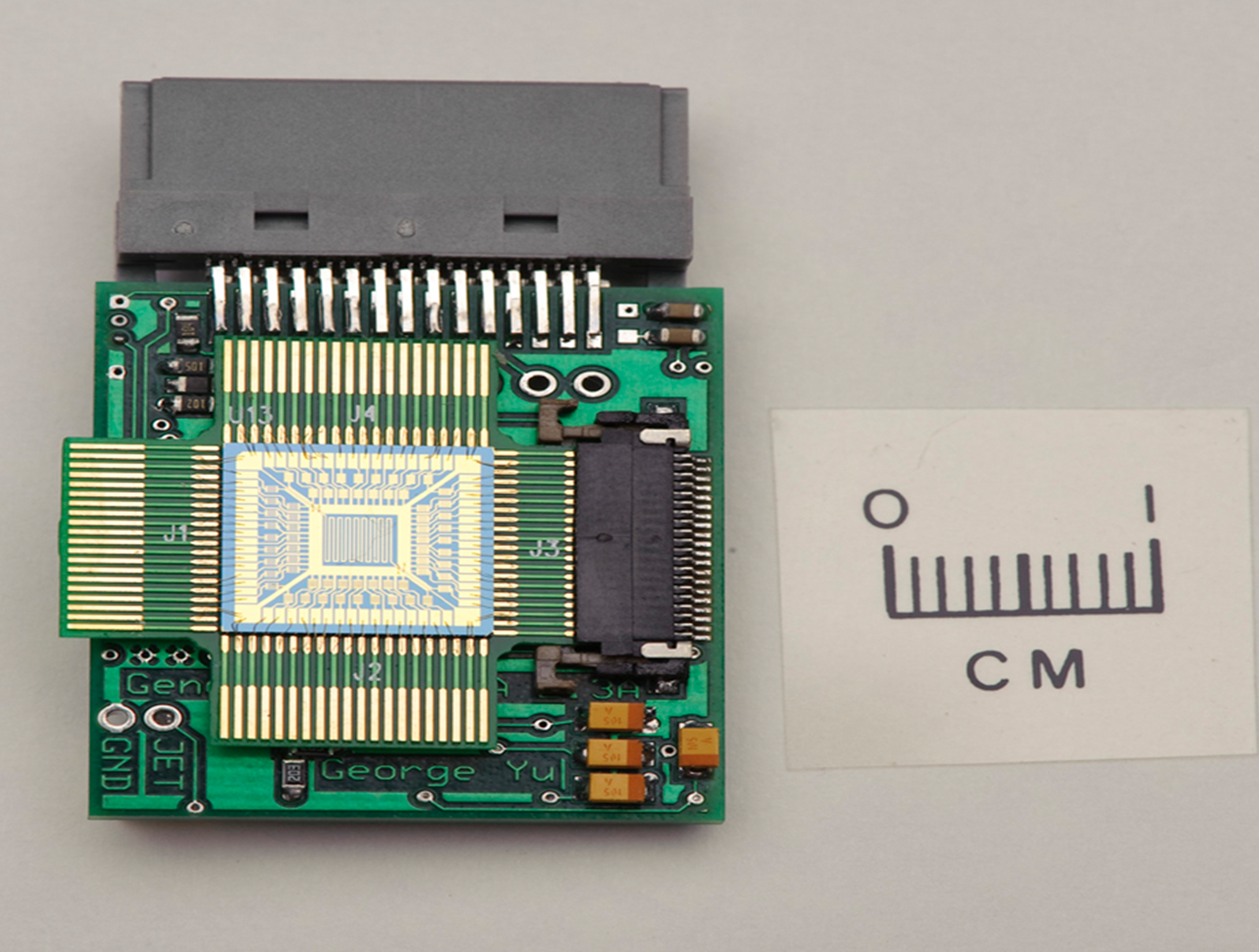NASA Ames Carbon Nanotube Instrumentation Technologies
NASA Ames Research Center in Silicon Valley has spent years developing nanomaterials that can play a variety of roles in future space systems, including wiring, high-strength lightweight composite materials, thermal protection and cooling systems, electronics/sensors, and more. Through this research, novel applications have been discovered and made available to the public through NASA's Technology Transfer Program. The following patented technologies utilizing carbon nanotubes will be presented during this upcoming webinar.
Portable Medical Diagnosis Instrument
NASA has developed a novel technology strategy called "The NASA Analyzer" to provide comprehensive in-flight medical diagnostic capability in a compact, hand-held device for human deep-space missions such as Mars. Key features of the technology include the ability to handle multiple sample types (breath, saliva, blood) and the ability to measure virtually any analyte, including future analytes as they emerge. The device provides both non-invasive and minimally invasive sampling capabilities, which will be required during long-duration exploration missions. Breath and saliva are entirely non-invasive and can rapidly provide critical health assessment information. Information about macromolecular analytes and blood cell counts can be obtained from very small blood samples. The device consists of four cutting-edge technologies integrated into a single compact medical diagnostic tool with wireless (e.g., smart phone) capability. In addition to space applications, this innovative technology will very likely have significant spinoffs in medicine and public health on Earth.
Real Time Radiation Monitoring Using Nanotechnology
NASA has patented a unique chemical sensor array leveraging nanostructures to monitor the concentration of chemical species or gas molecules that are not damaged when exposed to protons and other high-energy particles over time. The nanotechnology-enabled chemical sensor array uses single-walled carbon nanotubes and metal catalyst-doped single-walled carbon nanotubes (SWCNTs) and polymer-coated SWCNTs as the sensing media between a pair of interdigitated electrodes (IDE). By measuring the conductivity change of the SWCNT device, the concentration of the chemical species or gas molecules can be measured. These sensors have high sensitivity, low power requirements, and a low manufacturing cost compared to other commercial chemical sensors that monitor the amounts of chemicals in gasses and liquids.
Please join us on May 11th at 4:00 PM ET (1 PM PT) to learn more about these new technologies and how they can be utilized in the commercial marketplace.




